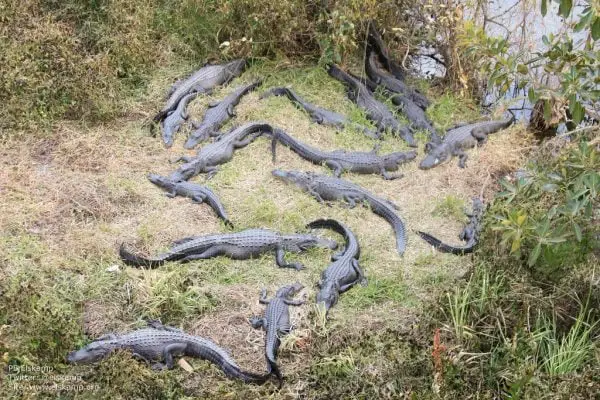With wings painted in vibrant hues and a delicate dance in the air, butterflies have captivated hearts and imaginations for centuries. These enchanting creatures flitting from flower to flower represent metamorphosis, beauty, and freedom. But beyond their stunning visuals and symbolic significance lies a hidden layer of intrigue – the language used to describe groups of these fascinating insects. Let’s delve into the collective nouns associated with butterflies and explore the fascinating facts that continue to make them a source of wonder and delight.
Collective Nouns for Butterflies
Unlike some animals with singular collective nouns, butterflies boast a diverse vocabulary, each term reflecting the specific behavior or context of the group:
- Flutter: This evocative term perfectly captures the graceful and coordinated flight of a large group of butterflies, often seen migrating or drawn to a specific nectar source. It conjures images of a delicate dance, their wings creating a mesmerizing ripple effect against the backdrop of a clear sky.
Example: As the sun peeked through the canopy, a flutter of butterflies emerged from the undergrowth, their wings painted in shades of blue, orange, and yellow, their synchronized movements creating a breathtaking spectacle of nature’s artistry.
- Flock: This term, commonly associated with birds, can also be used to describe a group of butterflies flying together in a relatively loose and uncoordinated manner. It suggests a sense of shared direction and purpose, even without a strict formation.
Example: A flock of Monarch butterflies, like vibrant orange confetti, fluttered across the open field, their journey a testament to their remarkable migratory prowess.
- Swarm: While often associated with buzzing insects like bees, “swarm” can also depict a dense and tightly packed group of butterflies, often attracted to a specific food source or engaged in mating behavior. It evokes a sense of abundance and collective movement, a vibrant tapestry of color and movement.
Example: As the fragrant scent of blooming lilies filled the air, a swarm of butterflies descended upon the flowers, their wings beating in unison, creating a mesmerizing spectacle of nature’s bounty.
- Kaleidoscope: This visually striking term aptly describes a large group of butterflies, particularly when their wings display a diverse and dazzling array of colors. It captures the essence of a vibrant and ever-changing spectacle, a living representation of a kaleidoscope’s mesmerizing patterns.
Example: In a breathtaking display of natural brilliance, a kaleidoscope of butterflies emerged from their chrysalis, their wings showcasing a symphony of colors, from the delicate blue of morpho wings to the fiery orange of Monarchs, a testament to the diversity and beauty of the natural world.
Interesting Facts About Butterflies
Understanding these collective nouns enriches our vocabulary and adds a deeper layer of appreciation for these delicate creatures. But venturing deeper into the world of butterflies reveals their remarkable life cycle, ecological significance, and the challenges they face:
Metamorphosis Marvels: Butterflies undergo a remarkable transformation, emerging from crawling caterpillars into winged creatures with breathtaking beauty. This metamorphosis symbolizes change, new beginnings, and the potential for incredible transformation.
Pollination Partners: Butterflies play a crucial role in maintaining healthy ecosystems by acting as pollinators. They transfer pollen between flowers, ensuring the reproduction of plants and the delicate balance of the natural world.
Cultural Symbols: Across diverse cultures, butterflies have been revered for their beauty and symbolic meaning. They represent freedom, transformation, and the delicate balance of nature, inspiring artists, writers, and poets throughout history.
Facing Threats: Sadly, butterfly populations are declining due to habitat loss, climate change, and the use of pesticides. Understanding these threats and supporting conservation efforts are crucial for ensuring the survival of these captivating creatures for generations to come.
A Source of Inspiration: From their breathtaking transformations to their delicate beauty, butterflies continue to inspire artists, photographers, and writers. Their captivating presence and symbolic meaning fuel creative expression across various mediums, reminding us of the wonders of the natural world.
Final Thoughts
From the mesmerizing “flutter” dancing across the sky to the vibrant “kaleidoscope” showcasing nature’s artistry, the diverse collective nouns for butterflies offer a glimpse into their captivating nature and ecological importance. Understanding these terms and appreciating the enduring allure of these fascinating creatures fosters a deeper respect for their remarkable life cycle, vital ecological role, and the vital role they play in maintaining the beauty and balance of our planet. So, the next time you encounter a butterfly, take a moment to marvel at its delicate beauty and reflect on the importance of protecting these irreplaceable wonders of nature.
Also Read:






